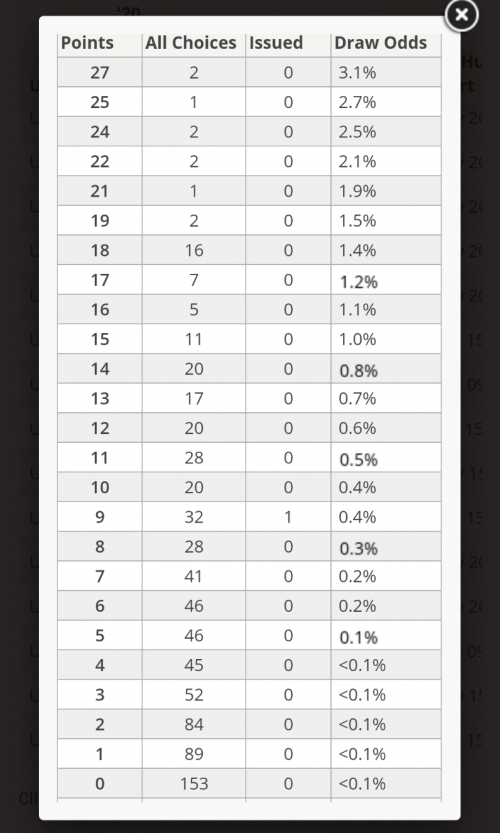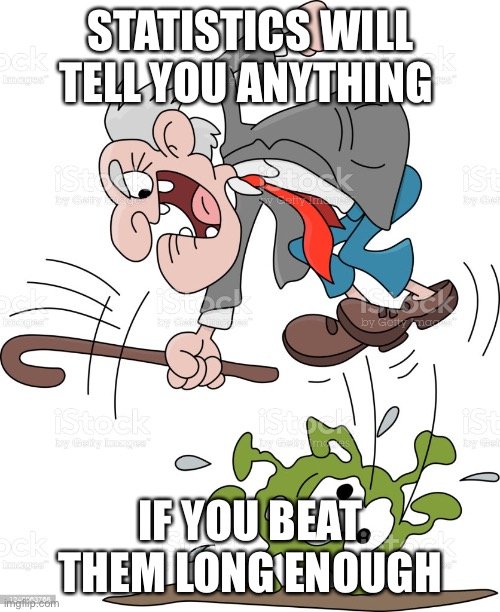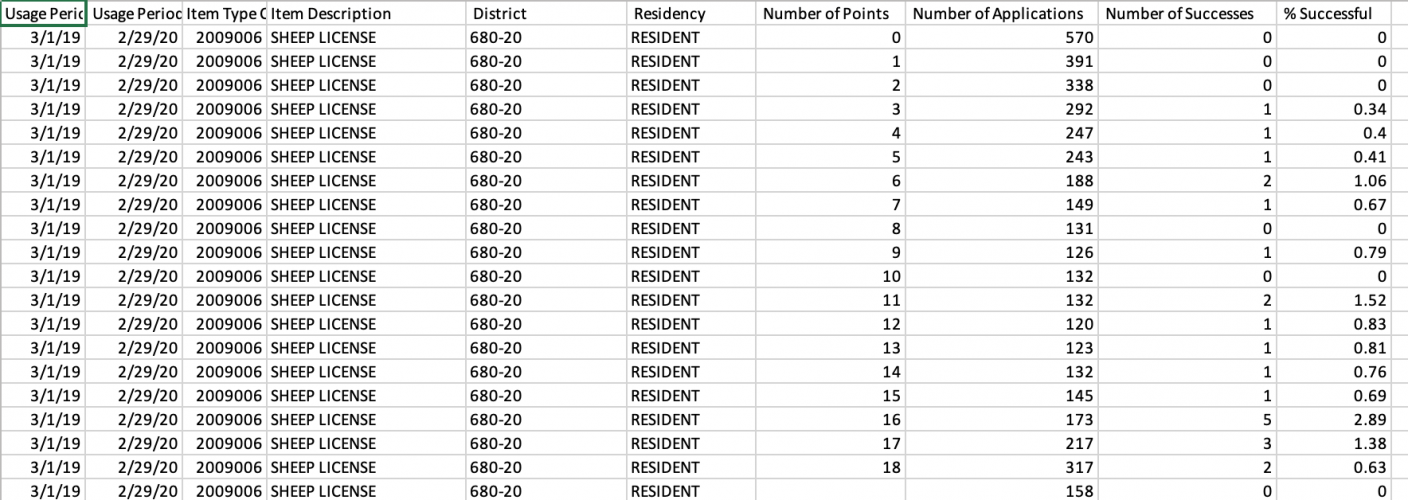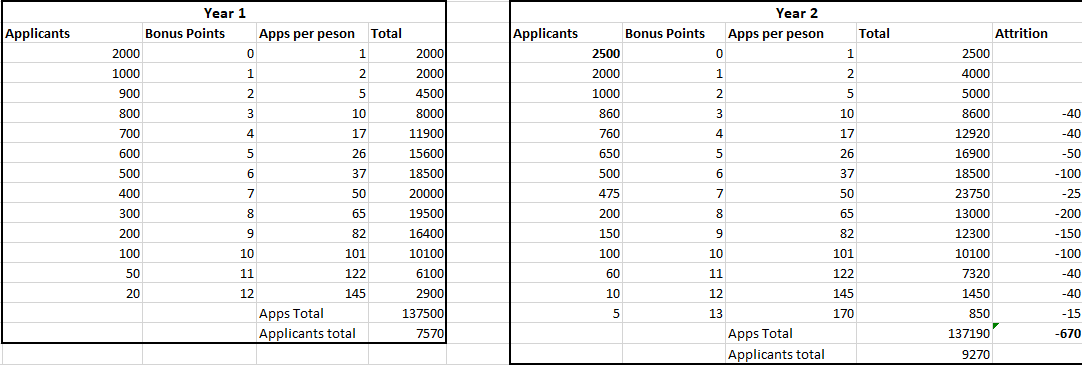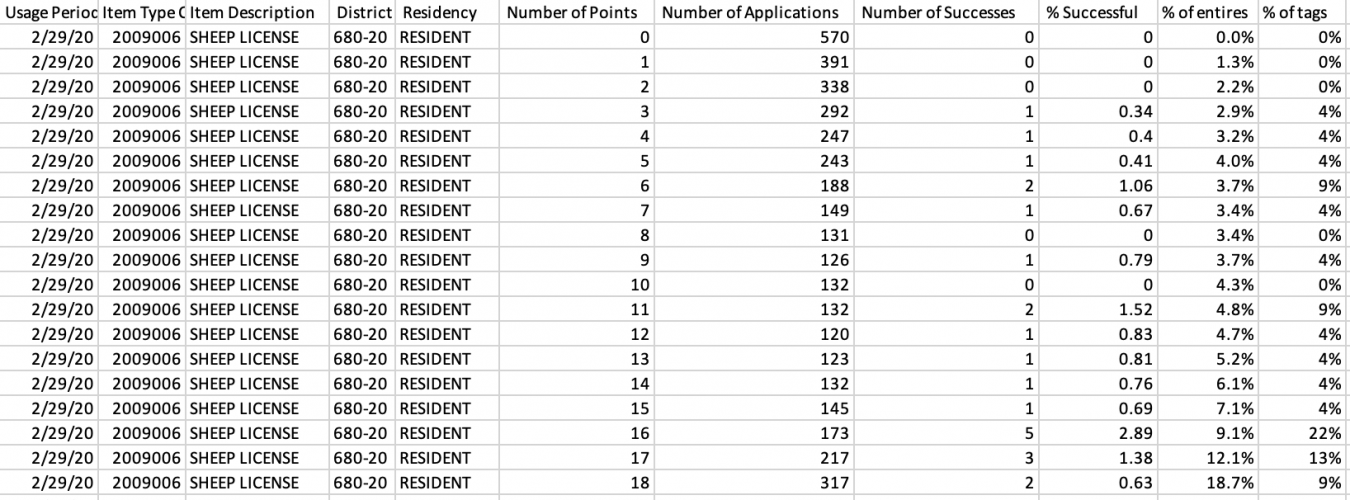BuzzH
Well-known member
Depends on lots of factors, the most important when you started applying, how many are in the pool ahead of you, how many are entering the drawing behind you, how many drop out of the draw each year, and also how many tags they continue to issue.I do not that is definitely an issue I have struggled with though, I've also run into how to account for people dropping out of the system when they draw.
So for instance, I know I won't draw 680-20 in any given year with minuscule odds, but what are my total odds of drawing it in my lifetime if I put in every year for 30 years and each year buy a bonus point.
But, the number of years you apply, really doesn't matter that much as each year is an independent draw with different variables from year to year. (more tags, less tags, more applicants, less applicants, etc.)




